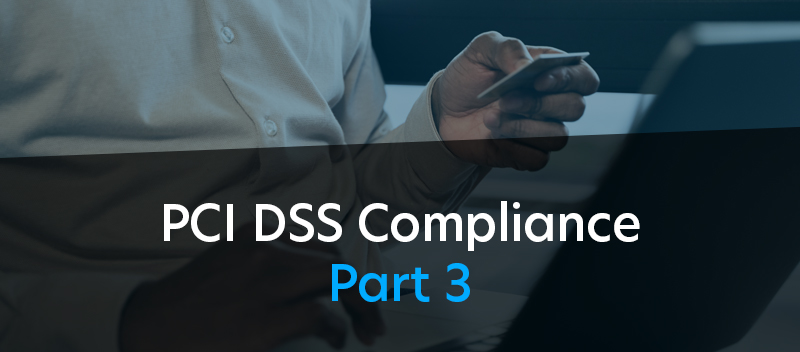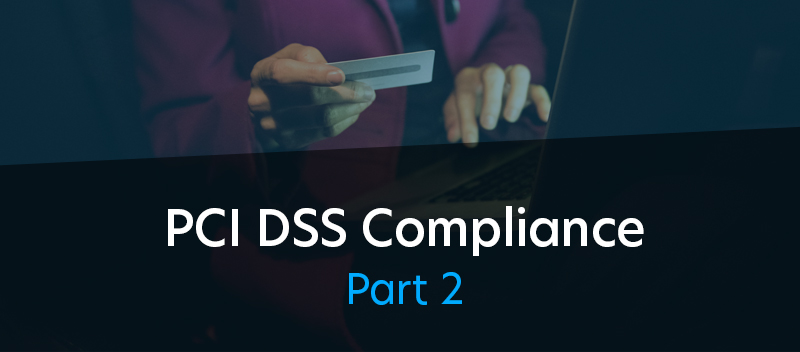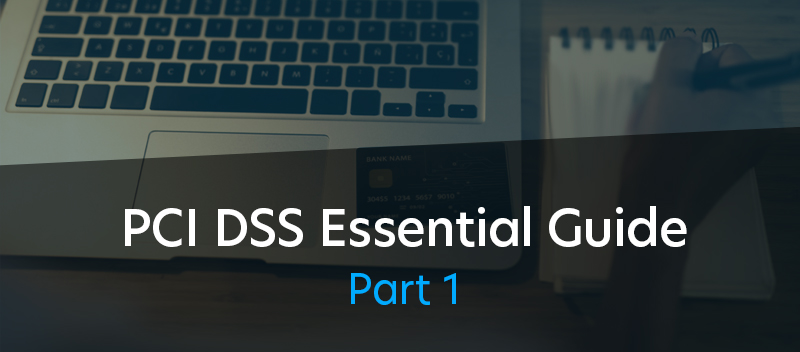Blog Top Firewall Vulnerabilities and Threats
Top Firewall Vulnerabilities and Threats

When it comes to keeping the valuable information and other resources in your networks safe from attacks, the firewall is your first line of defense against outside threats.
You cannot afford to leave the detected firewall vulnerability unattended. Because even monitoring and penetration testing often fail to reveal the flaws in your perimeter hardware defense. One must probe further to discover potential leaks. Some of the examples we will be discussing are below.
Lax Password
Passwords are notoriously difficult to remember, leading to the temptation to set straightforward ones or, worse, default to factory settings. If you allow this to happen on your system, you are exposing the data to all possible types of attacks and exploits. This is particularly true for your SQL server if an end-user has failed to strengthen their authentication credentials. The fall of one server jeopardizes all computers that are connected to it.
Outdated Firewall Software
Vendors release software and firmware updates to help patch up new firewall vulnerabilities that attackers may have found. Suppose your cyber team is lax about keeping your firewalls up-to-date. If so, you are effectively raising your chances of being hacked by a DDoS or any other form of breach that would compromise your data, resulting in financial implications and damage to your brand.
Failure to Activate Controls
One of the most common firewall issues businesses face is related to controls that might not be appropriately activated. For instance, you probably have anti-spoofing tools on your managed defense system that are designed to keep malware, spam, and other deceptive traffic away. If you do not turn this control on, a distributed denial-of-service attack might happen soon enough.
Remember, threat actors are working round-the-clock to gain access, and all they need is one chink in your armor. Protecting your security architecture against potential threats requires effort on your side.
Firewall Access May Be Too Lax
Some IT management or support staff fail to recognize that users may be accessing the firewall via an unencrypted Telnet connection. As if this were not potentially dangerous enough, malware can also creep into your defense hardware from the web in the same way.
Lack of Documentation
Without written logs, application documentation, and rule descriptions, your business could be in a terrible position. Especially if a critical IT support staff suddenly leaves. During such a transition period, your organization should not be forced to recreate protocols and rules from the ground up, resulting in a gap in accountability and knowledge as well as difficulties fixing firewall issues when they arise.
Vulnerability to Insider Attacks
By definition, this common firewall vulnerability is perpetrated by a person who has been permitted to bypass your perimeter firewall and should have been entrusted with access to your internal systems.
That does not mean that firewalls cannot still be effective. By implementing an internal firewall network segment configuration strategy (in which you divide your network into independent subnets), the attacker’s progress can be drastically slowed, giving you time to identify, isolate, and neutralize the threat.
Inspection Protocols Are Too Basic
Attackers have found ways to spoof traditional network firewalls that check the origin and destination of data packets. For that reason, the terms “next-generation: and “next-gen” firewall have been coined to define newer systems that also test the content of the packets using a process called Layer 7 or deep packet inspection.
If your company has failed to update or upgrade your firewalls, you might want to request that they do so to protect your systems from a breach.
No matter how robust your monitoring, rules, tests, and protocols might be, your system will never be immune from flaws or weaknesses. Safeguarding your brand, data, and intellectual assets can be greatly enhanced by reducing the probability and effects of firewall attacks.
Penetration Testing Services
One cybersecurity best practice that helps guarantee that IT infrastructures are adequately secured and that vulnerabilities are addressed effectively is Penetration Testing. The goal of a penetration test is to ascertain whether and how information assets may be accessed without authorization by a malicious user.
For over a decade, TrustNet has been doing penetration test exercises to uncover hidden security weaknesses. The methodology that we use is guaranteed to check if your systems are secure and come up with actionable measures for improvement.
Learn more about TrustNet’s Penetration Testing Services today!




